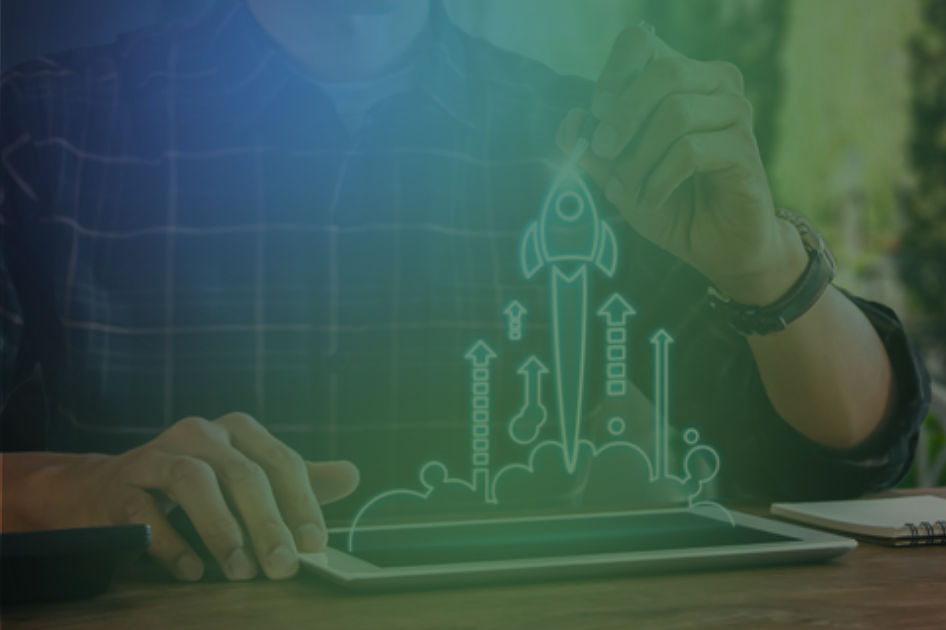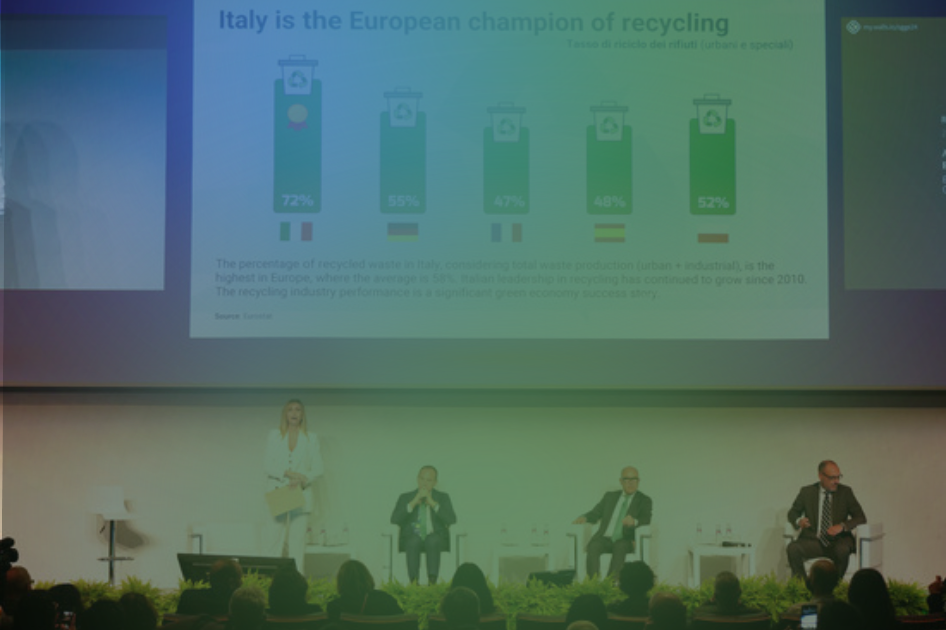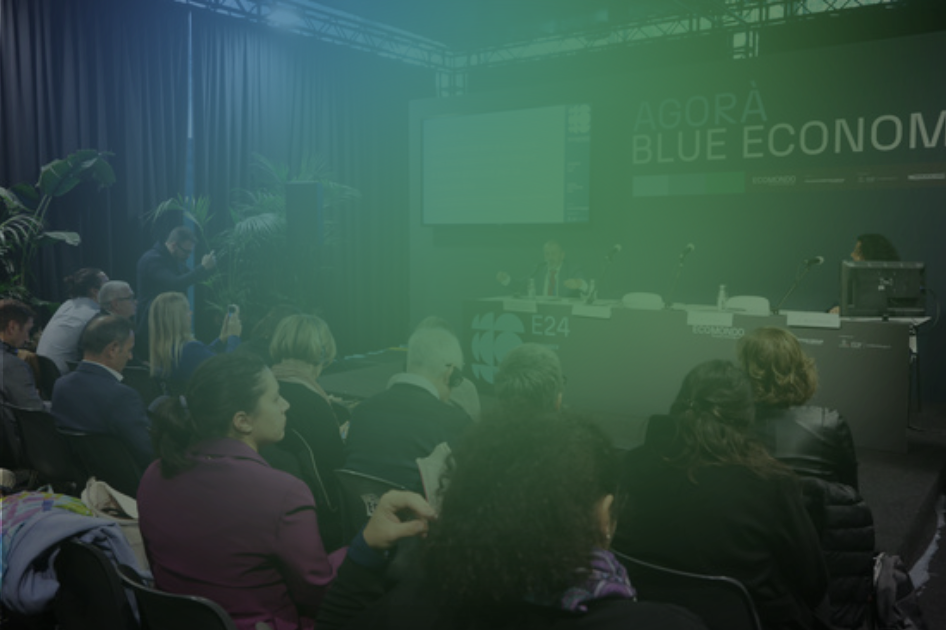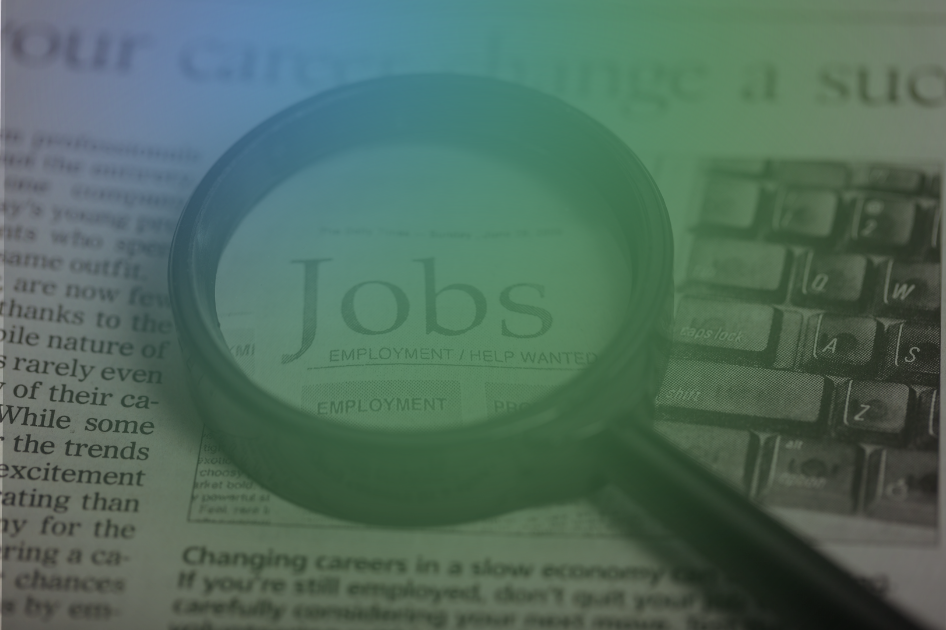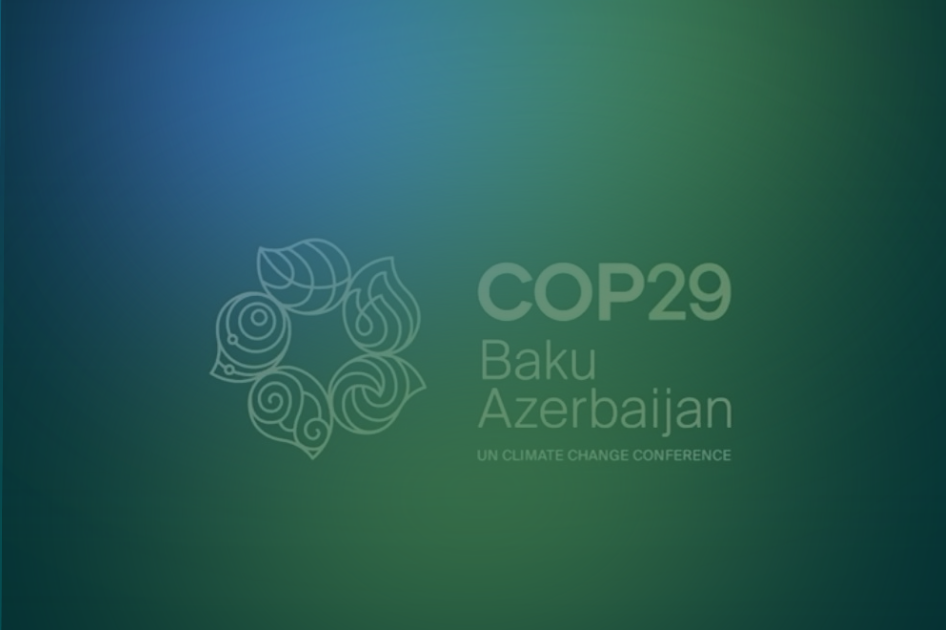NEWS
May 24 marked the conclusion of Circularity2024, the three-day U.S. circular economy event hosted by GreenBiz, the sustainability-related events and media giant. In the background, Chicago, America's third largest city and the cradle of Taylorist capitalism that gave birth to the futures market and the assembly line.
A successful event: tickets to enter were sold out (full price: US$3,075), great content satisfaction and a lot of involvement from the business world and PA. And a clear message comes from the Circularity stage: stop trying to turn U.S.-made circularity into just plastics, packaging and marketing. From critical raw materials to textiles, from supply chain resilience to right to repair, the beacon for the U.S. economy must be a genuine circular economy. That would go beyond mere recycling, close to decarbonization strategies and reduced environmental impacts, and increasingly in tune with Europe, not least to counter a China that is increasingly investing in circularity.
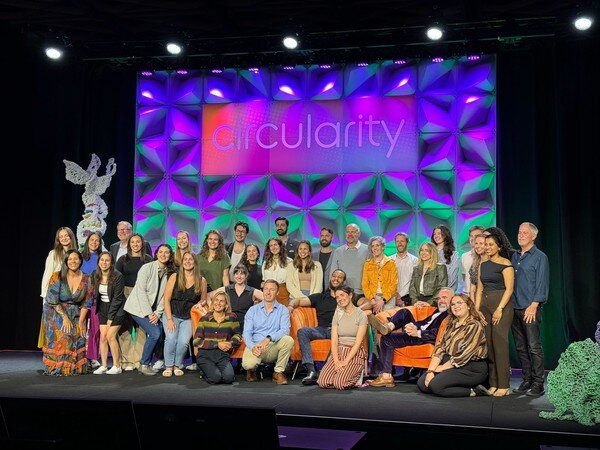
“[Americans] are looking for a pattern that requires global supply chains to mutate and open up, to become supply networks,” explains journalist Giorgio Kaldor, attending Circularity2024. “A model where prosperity and community are traveling at the same gait. But, above all, a model where finance embodies its role as a catalyst without rejection. And the reason is quickly stated, to summarize numerous interventions: innovation and pilot projects can be everywhere, but scalability needs collaboration.”
Not coincidentally, during the first day, FedEx, Pyxera Global, Sustain our Future, and Metabolic launched the Circular Supply Chain Coalition initiative. The network aims to strengthen the reverse logistics of valuable scrap for recovery by linking the various geographic scopes of the secondary raw material supply chain, especially in a country like the U.S. where collection systems are extremely fragmented. This would particularly facilitate those companies that pursue substantial streams of secondary raw material derived from multiple sources of supply, even from remote areas of the country. Such as Battery Technology Company, a newly formed company specializing in battery recycling, which is seeking to build, with the Coalition, a truly sustainable battery metals supply chain across North America.
However, this year's edition did not feature – unlike previous years – only companies and corporations. Among the audience were more and more public administrators, with initiatives from the cities of Austin, Charlotte, and Chicago but also federal officials from the EPA, the U.S. Environmental Agency, and other PA figures.
“There are factors that are beginning to push the public administration to get more involved, such as ongoing state-level actions on the issues of extended producer responsibility and deposit systems (the latest EPR on packaging to appear is Minnesota, May 21, the fifth state with such a state law, Editor's note). We have had representatives from city and state governments from the various states implementing these projects or laws, such as Illinois and California,” says Jon Smeija, VP of Circularity – GreenBiz. “In any case, thanks to the momentum around the plastics issue, we know that the U.S., the EPA, the State Department, and even entities like the U.S. Department of Agriculture are starting to think more and more about plastic pollution and the circular economy. However, most of the government representatives who attended this conference are from the cities, because much of the action takes place at the local level.”
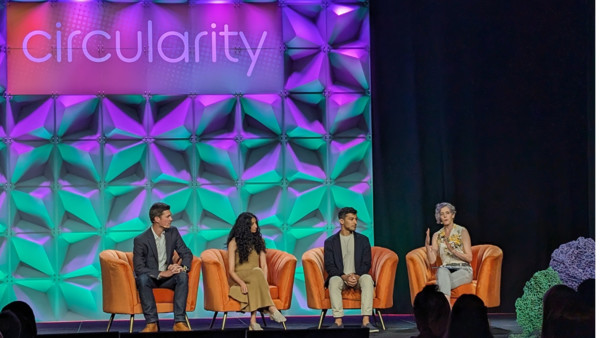
Chicago, circular city
"We always involve the local city,” continues Jon Smeija. “We have a planning committee in Circularity that meets before the event to gather ideas and involve companies, governments, and NGOs in the circular economy field. We had several local Chicago speakers spread throughout the program, such as those from Rebuilding Exchange, an organization that works to deconstruct and reuse products from the built environment. In addition, we had Joanne Rodriguez, CEO of Mycocycle, Gary Cooper, founder of Rheaply, and with Angela Tovar, Chief Sustainability Officer of the City of Chicago, alongside about four local NGOs and community organizations who are trying to accelerate the transition to the circular economy in neighborhoods, to get an understanding of how they are addressing the issue directly on the ground.”

U.S. and Europe are getting closer
The U.S. is increasingly looking toward Europe, in a mutual gaze exchange, especially in strategic areas such as critical raw materials and global negotiations on plastics. For the U.S., Europe is a major policy laboratory, needed to examine the impacts of EPR, innovations on WEEE, and financing strategies for innovation.
On the other hand, the U.S. is a model for Europe regarding corporate strategies and technological innovation, with AI and Digital leading the way.
Manuel Carmona Yebra, Deputy Head of Section for Global Issues and Innovation of the European Union Delegation to the U.S., was present at Circularity24. He explained the need to collaborate on key areas such as the supply of minerals critical to the global economy.
“We joined with the U.S. to lead the Minerals Security Partnership (a transnational association whose members seek to ensure a stable supply of raw materials for their economies, Editor's note) because it is also crucial for Europe. It is as crucial as it is for the United States and many other countries,” Carmona Yebra explained in a quote that appeared in Renewable Matter magazine. “We are also defining a set of common standards stemming from the Circular Economy Action Plan. We are looking at product design, reuse principles and recycled content.
All of this is being translated into law in Europe. My job here is to raise awareness among companies. We also make use of regular meetings at the EU-US Trade and Technology Council level. In the January of this year, we provided a set of recommendations. Therefore, we are in contact not only with administrations on these circular economy standards but also with industries overseas, and this is critical. The reason is that we want to ensure that our trade, which is the most important trade relationship in the world, continues to grow and prosper, but is also circular.”
by Emanuele Bompan
PUBBLICAZIONE
25/05/2024

